

A world moving toward unimagined futures ↑ ↓

In a growing economy, things should get easier — right?
Mission ::: Continuity and Change
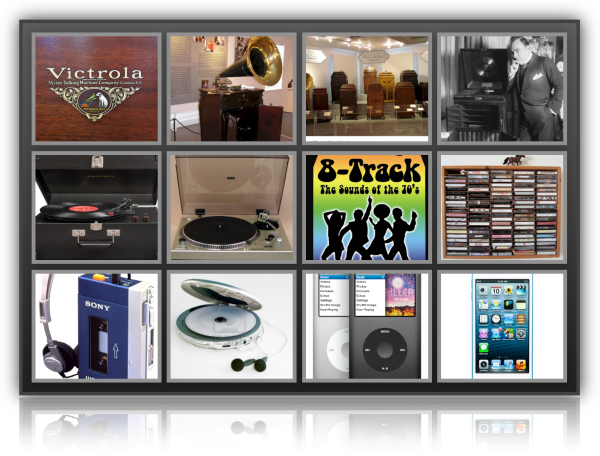
October 16th, 2003 — “Hell Froze Over.” Apple launched – iTunes for Windows.
That opened up the iPod to the 97% of people who had PCs.
Their first iPods turned into their first iPhones
… switched to a Macintosh all together
… along the way Apple’s market cap climbed to
the most valuable company in the world …
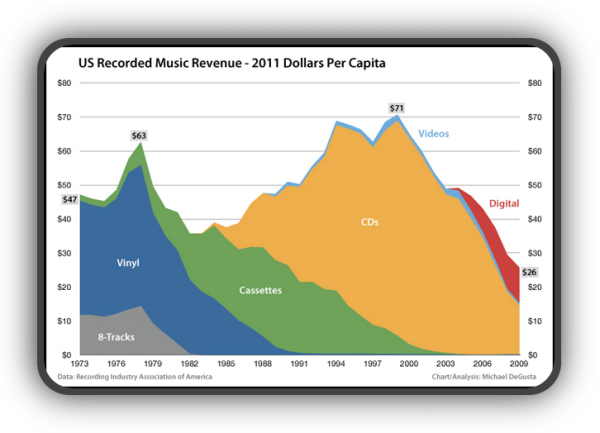
Film to Point-and-shoot to Smartphones
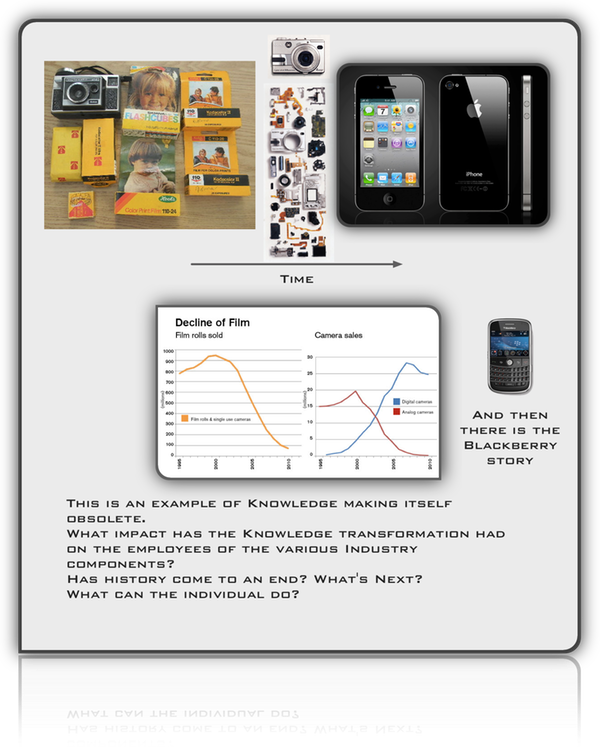
“Twelve cell phones that changed the world”
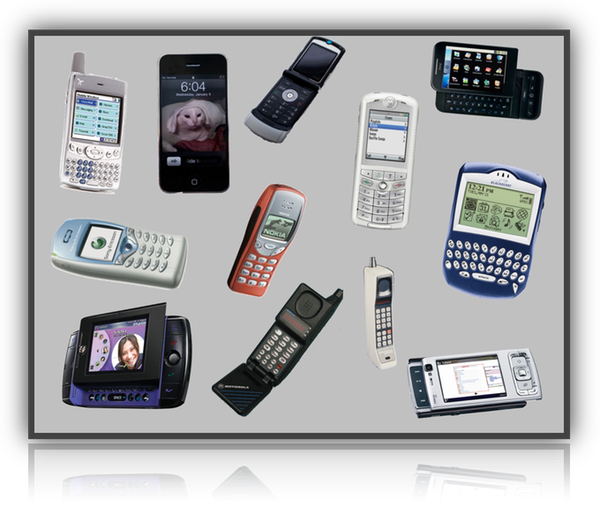
Intelligent Machines and Displaced Workers

YouTube
Europe: 1000 years in 10 minutes and
World History (3000 BC - 2013 AD)

Strategy — The New Certainties #5
A view of economic content and structure
The patterns evident in the images above
exist in almost every area of the economy and society
“The world” is moving away from yesterdayS (1950, 1970, 1990 …)
If you investigate the life story of any prominent organization
you’ll likely see multiple chapters in their story.
In some cases there are multiple stories with multiple chapters.
Cases: MRE and Chapter 13, here
From a long-term standpoint, what is the nature
of opportunities associated with new stories (stages)?
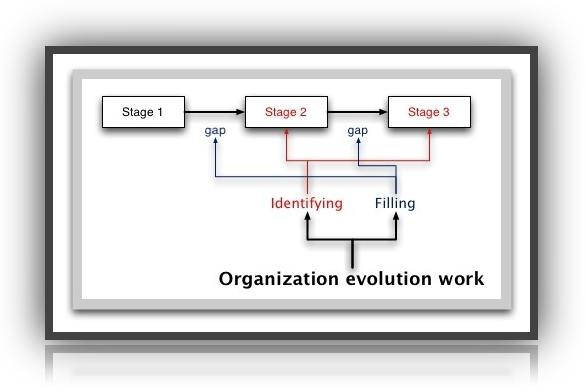
In some cases they started the next chapter early enough
and in others they waited for a near deadly crisis — they
were busy working on other things.
“Today’s executives are, of course, a good deal more
than passive custodians of the past.
They can, and properly should,
modify the decisions they inherit.
Indeed to bail out these decisions
when they go wrong,
as all decisions in respect to the future
are likely to do,
is one of their most important
and most difficult assignments.
But today’s executives are also charged with the
responsibility for making the future of the business—with
lead times that are becoming increasingly longer
and in some areas
range up to ten years or so.” —
The Changing World of the Executive
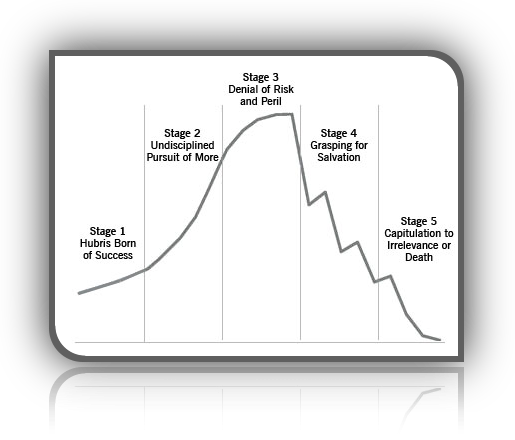
Deadly sins
Feeding problems and starving opportunities :::
Slaughtering tomorrow’s opportunity
at the altar of yesterday
Rather than thinking in terms of brands,
it might be more constructive to think
in terms of contribution and mission and purpose.
Apple ::: Sears ::: AT&T ::: IBM ::: GM ::: Exxon ::: HP
JC Penny ::: Sony ::: Xerox ::: Nokia ::: Kodak ::: Blockbuster ::: RadioShack
“Corporations once built to last like pyramids
are now more like tents.
Tomorrow they’re gone or in turmoil.
And this is true not only of companies in the headlines like …
Technology is changing very quickly,
as are markets and structures.
You can’t design your life
around a temporary organization.” — Peter Drucker

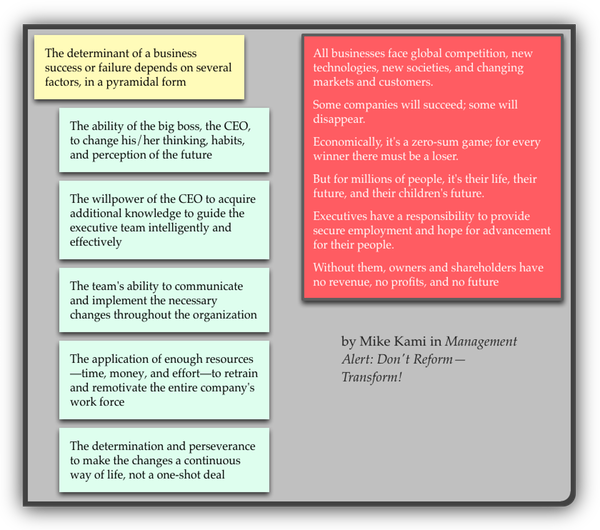
“If you never change your mind, why have one?” — Edward de Bono
Technology Is Wiping Out Companies Faster than Ever
The bright idea: The casualty rate is enormous
In our roles as consumers
we seek to further our interests
rather than that of a supplier.
We can switch when it suits our interests …
All our experience tells us that
the customer never buys
what the supplier sells.
Value to the customer
is always something fundamentally different
from what is value or quality to the supplier.
This applies as much to a business
as it applies to a university or to a hospital. — PFD
Marketing — inside - out OR outside - in
Every institution — and not only business — must build into its
day-to-day management four entrepreneurial activities that run in parallel.
These are conditions for survival today.
These entrepreneurial tasks differ from the more conventional management
roles of allocating present-day resources to present-day demands.
These entrepreneurial activities start with the outside
and are focused on the outside
And they repeat …
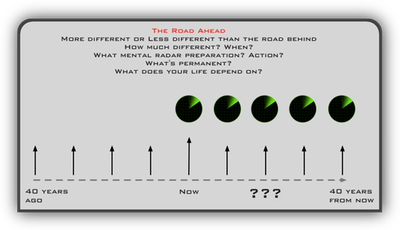
Regardless of the success of current endeavors,
an on going thought process is needed for making a different future
“Success always obsoletes the very behavior that achieved it.
It always creates new realities.
It always creates, above all,
its own and different problems.” — Peter Drucker
Customer’s unsatisfied wants may requires all kinds of dangerous liaisons — below